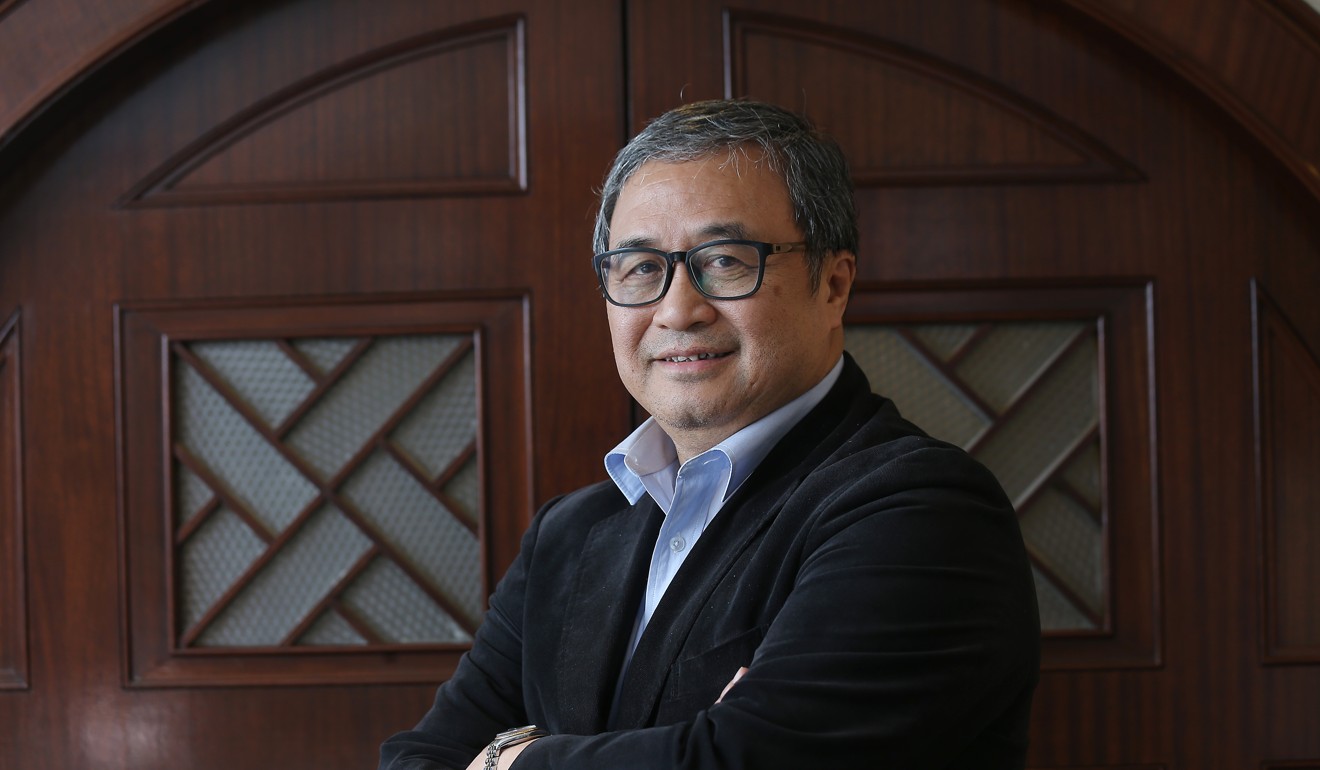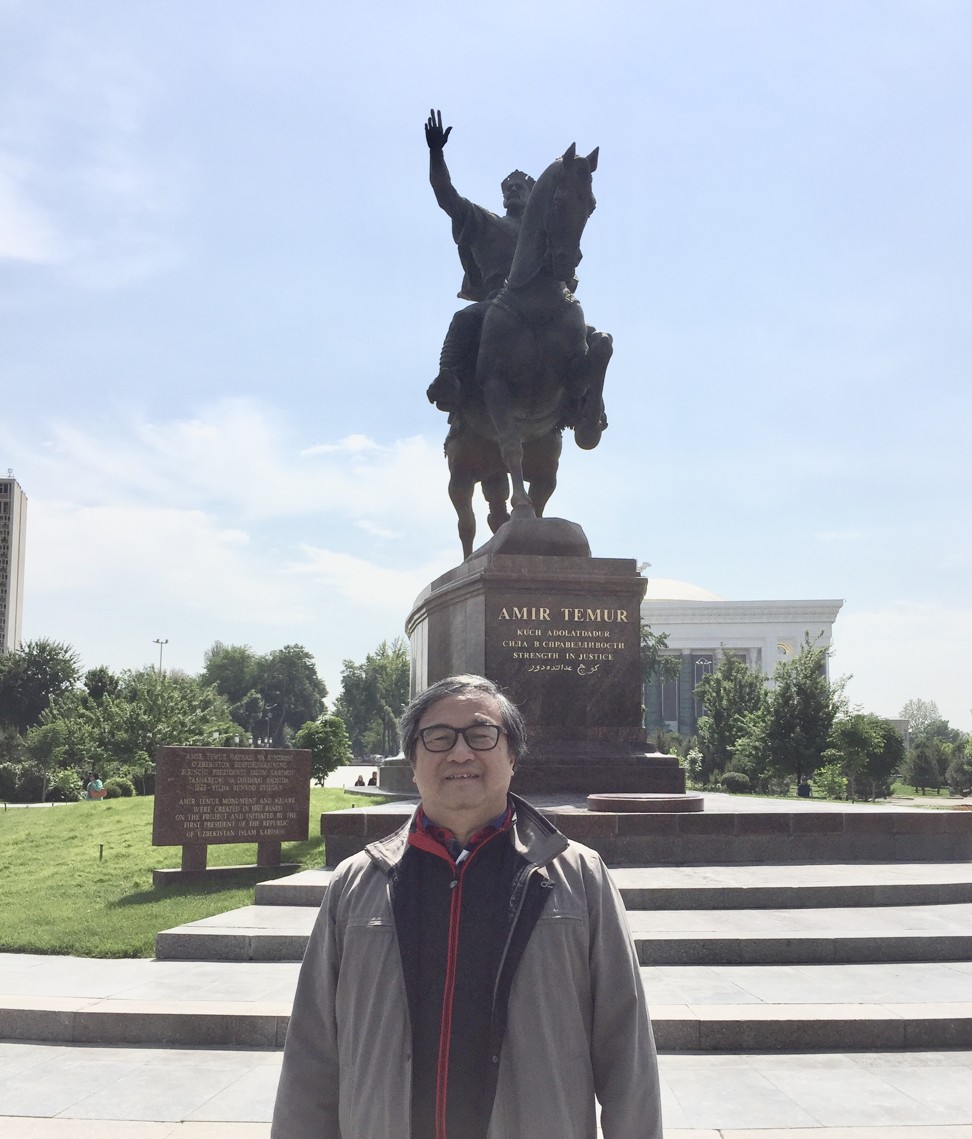
Hong Kong businesses gear up for opportunities along Asia’s new Silk Road
Cultural treasures abound from Uzbekistan to Egypt for tourism operators as China-led investment bank pumps money into trade corridor
Hong Kong businesses are looking to exploit opportunities along the “belt and road” corridor following the city’s inclusion in March as a member of a key China-led investment bank funding projects along Asia’s new Silk Road trading route.
The Asian Infrastructure Investment Bank, headquartered in Beijing, is part of the country’s global trade development strategy aiming to support infrastructure development costing an estimated HK$310 trillion (US$40 trillion) across Asia until 2030, mainly in countries included in the so-called “Belt and Road Initiative”.
Peter Wong Man-kong, a veteran local member of the national legislature, has been doing business in belt and road countries for 20 years and has visited about 25 of them, and his enthusiasm for the opportunities they present has not waned.
“We have been working in cultural tourism in ancient townships in Iran, Uzbekistan and Kazakhstan to develop tourism sites,” said Wong, who is also an honorary chairman of Hong Kong’s Chinese General Chamber of Commerce.

“There are many cultural and historical highlights along the belt and road route. In Iran, an ancient city from the days of Alexander the Great more than 2,000 years ago is still there. When Genghis Khan came to conquer, they surrendered, so the site survived.
“We can buy houses that are 2,000 years old. There are two knobs on their wooden doors – one for male visitors to knock, the other for women. They give different sounds so those inside know the gender of the visitor.
“China has well over 100 million outbound tourists each year. In the future it will be half a billion a year. There are huge opportunities in tourism,” he said.
Wong believes the conditions for doing business have improved a great deal.
“I think the first thing to consider in doing business in belt and road countries is policy, such as visas and tariffs. Iran, for example, now offers Chinese passport holders visas on arrival. Kazakhstan even offers Hong Kong people visa-free entry.”
Wong gave a presentation to National People’s Congress chairman Zhang Dejiang about belt and road countries during a session of the National People’s Congress in March in Beijing.
He said Hong Kong entrepreneurs were in a good position to develop opportunities in the region.
“In the early 1980s, China’s legal system was inadequate and conditions were harsh. But Hong Kong businesspeople made it through, so they have now accumulated a lot of experience,” he said. “Such experience will stand them in good stead when they face the emerging belt and road economies.”

Major trade associations are also joining belt and road veterans to engage with the 68 countries included in the initiative, spanning Asia, Africa and Europe.
A delegation from the chamber of commerce led by chairman Jonathan Choi Koon-shum, who has been doing business in belt and road countries for years, returned to Hong Kong recently after attending a conference on the initiative in Cairo, Egypt.
Thomas Cheung Tsun-yung, chairman of China Growth Group, was one of the delegates on the two-day trip.

“People in Egypt are very keen on investment from China and Hong Kong, such as in tourism and infrastructure,” Cheung said. “Egypt’s currency was devalued by two thirds after the [2011] revolution, so things appear very cheap if you are buying with a foreign currency.
“In terms of opportunities, it will mainly be the giant mainland state enterprises taking the lead. But each large project will lead to a lot of business for smaller private mainland and Hong Kong companies.”

